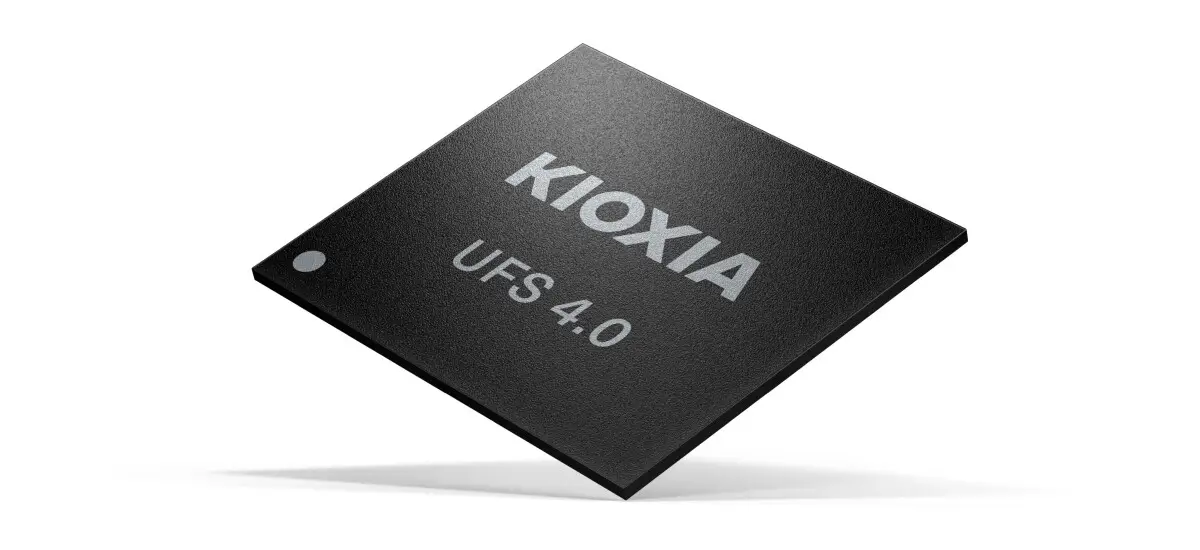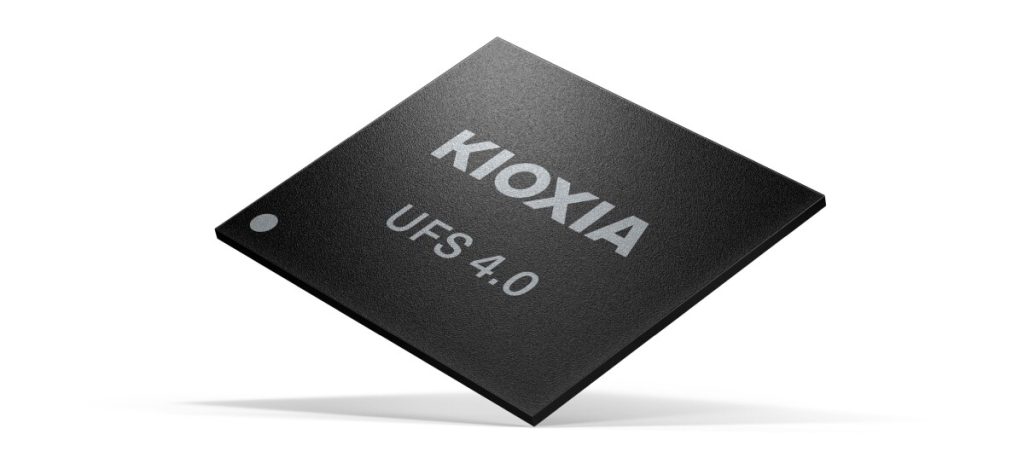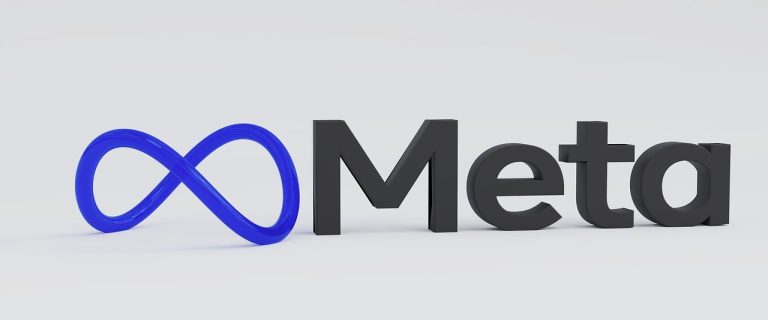
At the end of 2022, major DRAM and NAND flash memory chip manufacturers successively chose to cut production, artificially limiting capacity output to curb falling prices and offset losses. After prolonged efforts, by the end of 2023, initial success was visible, ending the long-standing oversupply situation. Moving into 2024, the upward trend in DRAM and NAND flash memory chip prices has continued.

According to relevant media reports, with the recovery of the memory market, Kioxia has ended its NAND flash production cut strategy. Kioxia operates two factories in Yokkaichi, Mie Prefecture, and Kitakami, Iwate Prefecture, Japan. Currently, the production line operation rate has been increased to 100%, mainly focusing on NAND flash. Due to improved performance, Kioxia has seen relaxed loan conditions and refinancing agreements and has secured new credit support from a consortium of banks led by Sumitomo Mitsui Banking Corporation, Mitsubishi UFJ Financial Group, and Mizuho Bank, providing funds to Kioxia for equipment upgrades.
Due to sluggish demand for smartphone products, Kioxia began implementing production cuts in October 2022, significantly reducing the operation rate of production lines, resulting in a more than 30% decrease in output. Kioxia originally planned to open new production lines at its Kitakami plant in 2023, which was ultimately postponed to 2025.
Currently, demand for smartphone and PC chips has bottomed out and started to recover, while orders related to data centers have also increased. The improvement in the market environment is also reflected in Kioxia’s financial reports, showing a net profit of 10.3 billion yen from January to March 2024, ending six consecutive quarters of losses.


